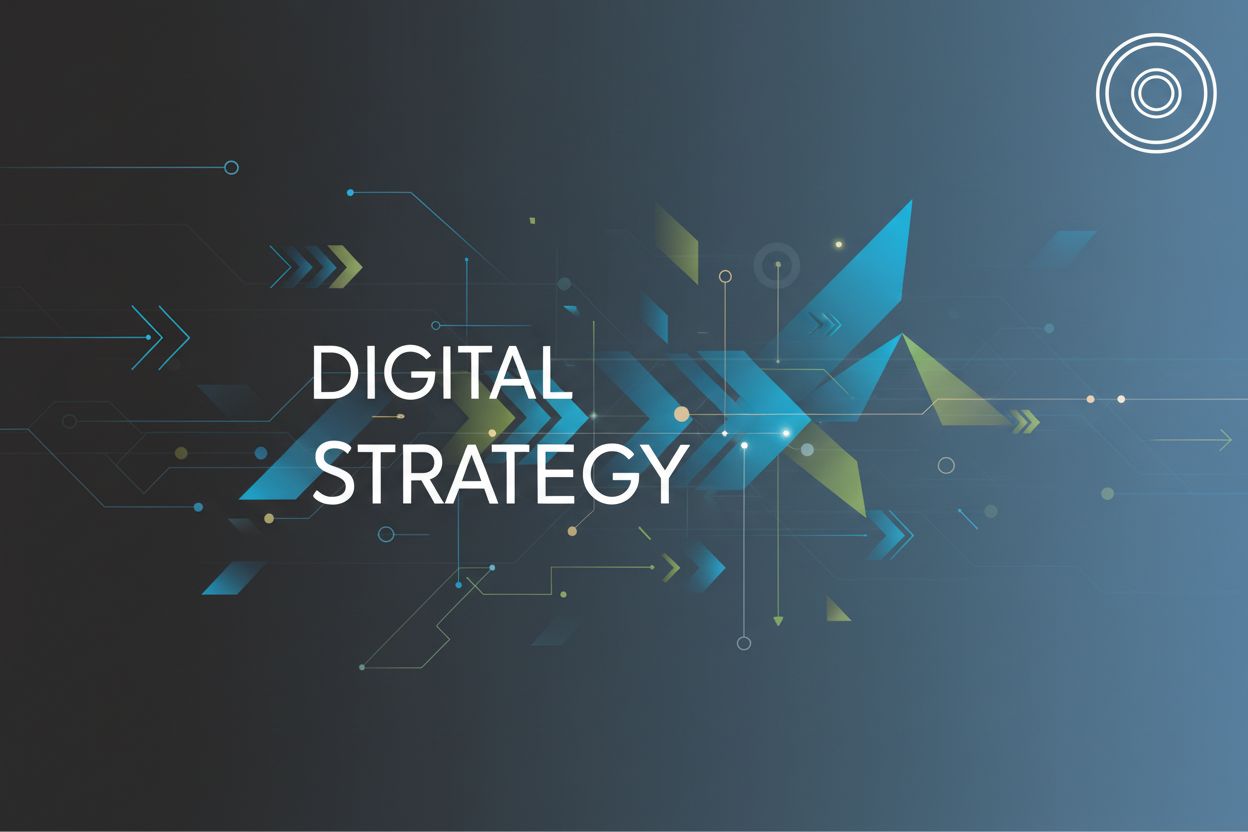The Impact of Comparative Advertising on Consumer Perception
TL;DR
Understanding Comparative Advertising
Comparative advertising, eh? It's like that schoolyard showdown—but with brands. Ever wondered how some companies get away with actually naming names in their ads? Well, it's a calculated risk, let me tell you.
Here's the lowdown:
- Direct comparison: This is where Brand A straight-up calls out Brand B. It can be risky, but memorable if done right.
- Indirect comparison: Subtler, like saying "we're better than the leading brand," without naming names. Sneaky, right?
- Highlighting advantages: Think "our widget lasts twice as long." It's all about showing you why they are better.
It's not just about shouting "we're number one!" It's about showing, not just telling, why consumers should choose you over them, next time you see one.
Psychological Effects on Consumer Perception
Okay, let's dive into how comparative advertising messes with our heads. Ever seen an ad that made you suddenly question everything you thought you knew about, say, laundry detergent? That's the psychology at play. It's not always straightforward, though.
Comparative ads can make our brains work overtime, like when you're trying to decide between 10 different streaming services; it's cognitive overload. We start looking for shortcuts, focusing on the most glaring differences, which are what the advertisers want you to see. This overload makes us more susceptible to the advertiser's framing because our brains are just trying to simplify the decision-making process, latching onto the most prominent points presented.
This is particularly true in industries like finance. Trying to understand the nuances of different investment options? A comparative ad promising "higher returns" can be a tempting, albeit potentially misleading, shortcut.
It's not all about logic. Comparative ads can stir up some serious emotions. Think about how ads for competing phone plans might make you feel frustrated with your current provider, or how a comparison of luxury cars can evoke feelings of aspiration. These emotional responses, much like those seen in political ads, can significantly influence our perception and decision-making.
On the flip side, a well-done comparison can create a sense of trust. If a brand seems confident enough to stack up against the competition, it might make you feel more secure in choosing them.
The thing is, none of this matters if you don't trust the source. If an ad feels biased or shady, people are gonna tune out.
Strategic Benefits and Risks
Okay, so you're thinking of using comparative advertising? It's not always a slam dunk. There's definitely some upsides, but also some serious risks you gotta consider.
Here's a quick rundown of the good and the bad:
Boosting brand awareness: Slapping your brand next to a well-known competitor? It's like riding their coattails. Instant visibility, especially if you're the underdog. This can attract attention from consumers who are already familiar with the competitor but might be open to alternatives.
Highlight your USP: What makes you better? Comparative ads let you spell it out. Think of it as a chance to show off those features nobody else has.
Taking on the big guys: If you're smaller, this is your chance to punch up. It can be a David-vs-Goliath moment, capturing attention and maybe even some market share. This often involves targeting dissatisfied customers of the larger competitor or appealing to a niche market that the big player overlooks.
But- it isn't all good news, and you should know that there are definite downsides.
Backlash is real: Consumers don't always like negativity. A poorly executed comparison can make you look like a bully, turning potential customers off.
Legal minefield: False or misleading claims? Get ready for a lawsuit. You gotta be accurate and have proof to back up your claims.
Ethics matter: Is it fair? Is it honest? If it feels like a cheap shot, it probably is.
So, yeah, comparative advertising can be powerful, but tread carefully.
Comparative Advertising in the Digital Age
Alright, let's talk about how comparative advertising actually plays out in the digital world, cause it's not as simple as plastering ads everywhere. It's a whole different ballgame, innit?
- Think about social media: comparative campaigns can get really creative. you've got brands throwing shade (subtly, of course) in memes and TikToks, hoping to go viral.
- Influencers are big here too. They do the comparison for you, making it feel more like a friendly recommendation than a blatant ad. The influencer's "personal touch" makes the comparison feel more authentic and relatable, as consumers often trust recommendations from individuals they follow more than direct brand messaging. This perceived authenticity can significantly boost the impact of a comparative claim.
- And then there's measuring effectiveness. Forget old-school metrics; we're tracking likes, shares, comments, and conversions. It's a data goldmine, if you know where to look.
It's like the wild west out there, but hey, that's what makes it interesting, right?
Best Practices and Future Trends
Okay, so, where's all this headed, right? What's next for comparative advertising? Well, that's what everyone's trying to figure out, innit?
Focusing on factual claims and verifiable data is key. Nobody trusts an ad that feels like a punch in the dark. Be upfront, be real, and for goodness sake, be accurate.
Maintaining a respectful and professional tone is also crucial. No one likes a bully, and that goes double for brands. You can be confident without being a jerk; know what i mean?
Understanding your target audience and their preferences is uhm, quite vital. What works for one group might totally bomb with another. This means researching their values, pain points, and what kind of comparisons they're likely to respond to positively, rather than just making assumptions.
The impact of ai on personalized advertising is, kinda unavoidable. ai can sift through mountains of data to tailor comparative messages to individual consumers, highlighting specific differences that are most relevant to their needs or interests. This could mean showing one person a comparison focused on price and another on features, all based on their past behavior.
The rise of interactive and immersive experiences is also something to keep an eye on. Think ar and vr ads that let you "try before you buy" in a super engaging way. Imagine an AR ad where you can virtually place two different furniture pieces side-by-side in your room, or a VR experience that lets you compare the performance of two cars on a simulated track.
The future of consumer perception in a rapidly evolving landscape is, well, anyone's guess. As mentioned earlier, the brands that thrived during the pandemic were the ones that could adapt fast. This adaptability is crucial for comparative advertising too; as consumer expectations and media consumption habits change, so too must the way brands compare themselves. For instance, in 2030, after the impact of 2020, consumers might be even more attuned to authenticity and value, making transparent and well-supported comparisons more effective.
In short, comparative advertising is evolving, and it's important to evolve with it.




